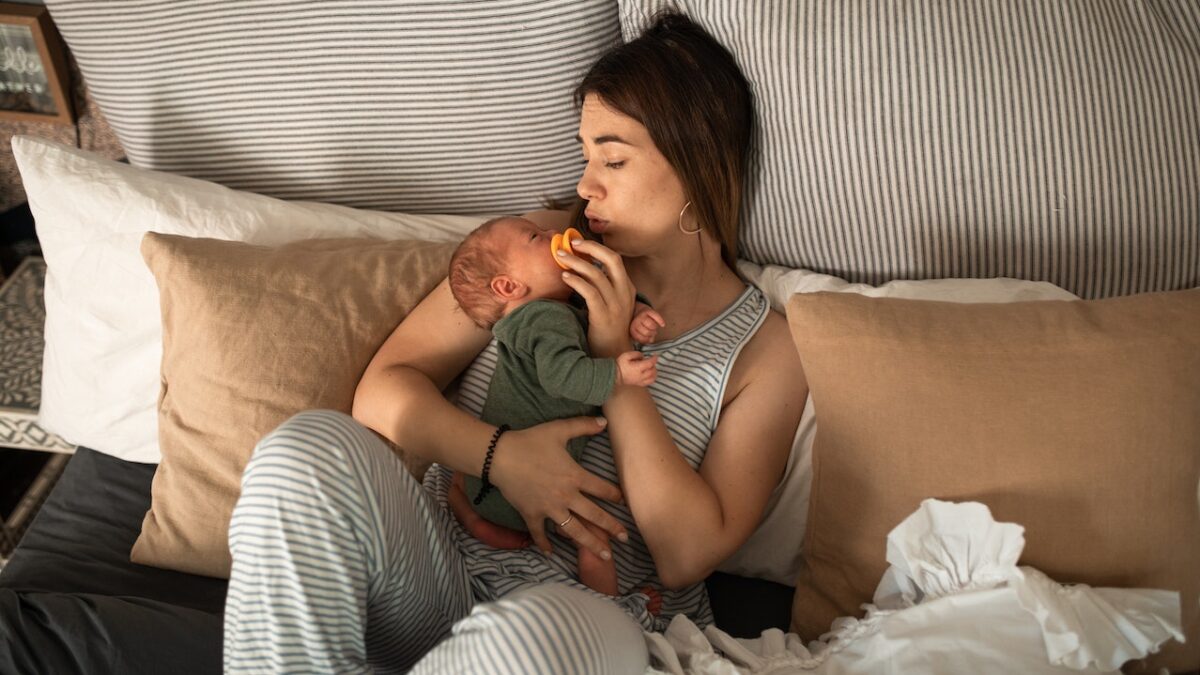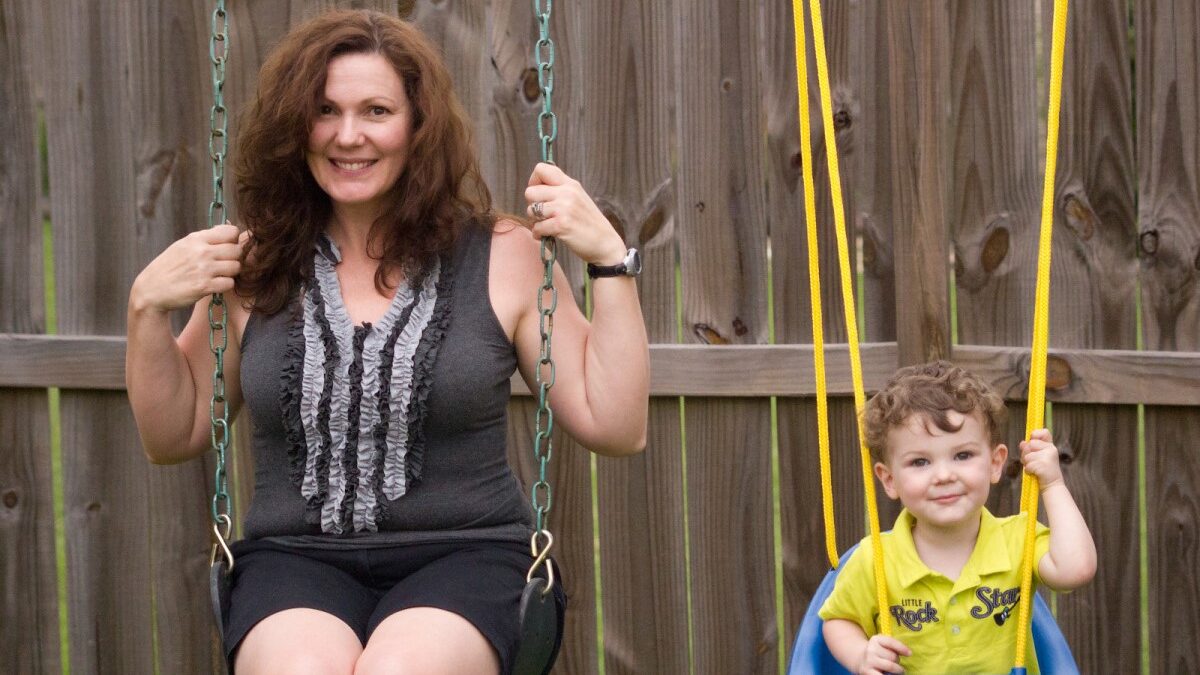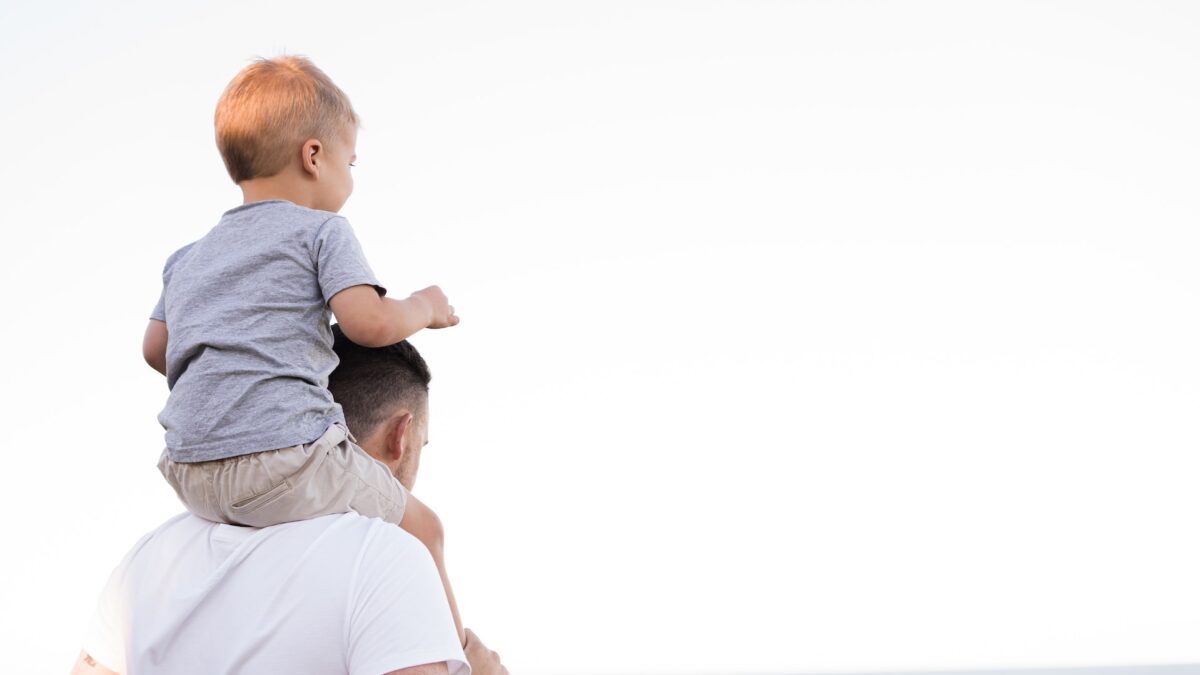In the aftermath of the coronavirus, a record number of women are choosing to give birth at home — myself included.
Numbers released by the Centers for Disease Control and Prevention this month showed the number of home-born babies hit a 31-year high between 2020 and 2021, jumping from 45,646 to 51,642, an increase of 12 percent. The last time they were so high was in 1990, around the time the Bradley Method, a book advocating husband-coached childbirth and more natural approaches to labor and delivery, was at its peak of popularity since publication in the 1970s.
Experts are saying this spike is Covid-induced. The increase in home births is the result of “an overwhelmed health system,” according to Dr. Panagis Galiatsatos of the Johns Hopkins School of Medicine. This drew women away from over-filled hospitals to avoid the risk of catching Covid, he told the Washington Times.
“This is another recognition that we need to do better to assure one public health action does not impact others,” Dr. Galiatsatos added.
Which is to say that an increase in home births is concerning, a failure of the medical establishment to do its job, and something, ultimately, to be remedied. I think it’s actually the opposite.
I became pregnant with my daughter, our first child, at the tail end of 2021. While the pandemic was technically over by that point, both in spirit and in truth, as my husband and I searched for the right provider with which to establish prenatal care, we found that in hospitals in Northern Virginia, Covid was still running things.
At 20 weeks of pregnancy, we were told by our provider that my husband could not join me for the anatomy ultrasound, “due to the ongoing pandemic.” This, for those who are unfamiliar, is the scan at which most parents learn the sex of their unborn child; it is the time when the technician carefully counts fingers and toes and parents get to watch the little baby rolling around in her mother’s belly for the first time up close. It is, for many, a rite of passage in the pregnancy, and for us as first-time parents, a moment we had been anticipating for weeks.
It was at this moment that we began to think about a home birth. Not because we were afraid of overcrowded hospitals, but because we were learning that pandemic regulations were still being held above all else: even familial bonds, even trust in the mother to decide how to respond to various risks to her and her baby. We found a midwife, bought some books, joined a birth class, and started to plan to have our baby in our two-bedroom apartment.
What we learned in the process was eye-opening. Hospital births in America are associated with an abnormally high rate of delivery via Caesarean surgery — 32 percent in the United States, versus 21 percent worldwide. While the Caesarean procedure is lifesaving in certain circumstances, as a major surgery it poses a serious risk to the health of the mother, makes it more difficult to deliver subsequent babies, and makes it highly unlikely subsequent babies can be born without another major surgery.
Moreover, planned hospital births are associated with higher rates of medical intervention across the board — interventions that help the birth to happen on the doctor’s timeline, and that more often than not lead to the dreaded Caesarean. Each intervention that attempts to manipulate nature also comes with its own risks: for example, synthetic oxytocin produces unnaturally strong contractions to induce labor, which means that most women find they also need an epidural anesthetic to handle the inflated pain. The anesthetic tends to slow labor down, and makes it impossible to labor in optimal positions, prolonging the marathon.
Meanwhile, in a home birth, the mother is left to manage pain and progress on nature’s timeline. While doctors often cite high infant mortality rates for out-of-hospital births, these statistics always include unplanned, unattended out-of-hospital births. Meanwhile, planned, midwife-attended home births boast a very low risk of infant mortality (0.35 per 1,000 births in one study), comparable to that in a hospital (0.57 for midwife-attended hospital births and 0.64 for physician-attended hospital births). With certified nurse midwives having admitting privileges at the local hospitals, my husband and I were grateful to know doctors were there if we needed them to intervene, and also out of the way prior to that point.
It shouldn’t surprise us that hospital births are high on interventions. Like hospital Covid policies, every decision around a hospital birth is made with the greatest possible precautions in mind, in an attempt to control the situation and prevent as much discomfort as possible. But unlike a broken arm, or heart disease, or cancer, the presence of pain in the delivery of a baby is not a sign that something is going wrong. Birth is not an ailment; it only began to be treated as one in recent decades. And, regardless of doctors’ attempts, it is not controllable.
This uncertainty, too, was part of both the beauty and the difficulty. Pursuing a home birth led my husband and me to think about birth the way our grandmothers did, as a natural process rather than a medical risk factor. While we planned contingencies for potential problems that might arise, we also retrained our thoughts around birth to trust my body, trust our baby, trust in God’s timing, and lean into the unknown rather than away from it. Being uncontrollable didn’t mean that it was necessarily dangerous.
Ours ended in a hospital due to something we couldn’t control: fetal malpositioning in the birth canal. After 30 hours of laboring unmedicated at home, we elected to deliver my daughter with the aid of vacuum extraction at a hospital. That’s why we have doctors, to help when help is needed. But for the mother whose labor simply isn’t progressing according to the chart of averages, the mother for whom nothing is truly “wrong,” except in the sense that it doesn’t look like the textbook, a home birth offers the comfort of knowing she can have that baby whenever she is ready, without pressure to treat it like an emergency.
She won’t have to wear a mask while she does it, either.









